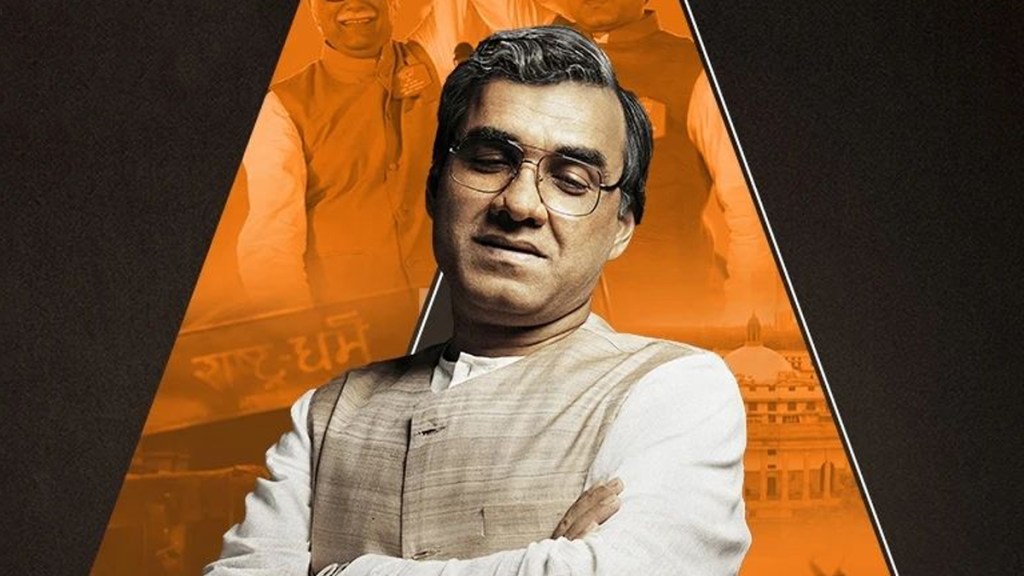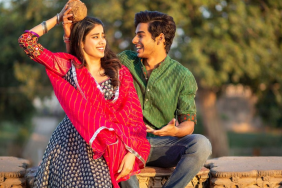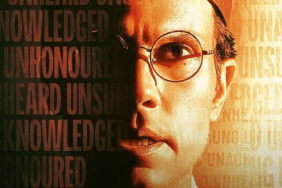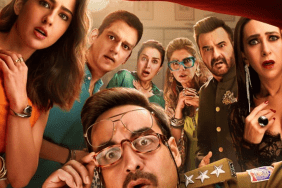Pankaj Tripathi’s Main Atal Hoon is a biographical film that follows the life and political journey of Atal Bihari Vajpayee. Directed by Ravi Jadhav, the film was theatrically released on January 19, 2024, and received positive reviews.
Atal ji is known for his politics and poems. At a young age, he found inspiration in Keshav Baliram Hedgewar, the founder of Swayam Sevak Sangh (RSS). He was deeply delighted by the party’s ideals and drew political motivation from them. By 1944, Atal had already embraced revolutionary ideals opposing British rule.
Golwalkar invited Atal to Lucknow to assist in managing a printing press called Rashtra Dharma, which was aimed at bridging caste divisions and fostering unity. However, the press, acting as a mouthpiece for the RSS, fell victim to riots.
In response, Atal sought counsel from Deen Dayal Upadhyaya. He explained how their propaganda had attracted the attention of Central Minister Shyama Prasad Mukherjee. Mukherjee expressed his intention to resign from the government and join the Akhil Bhartiya Jana Sangh. This further shaped Atal’s political trajectory.
What happened after Congress came to power?
The Akhil Bhartiya Jana Sangh gradually started winning in different territories. However, when Atal secured a seat in the Lok Sabha, the party had only four representatives. Meanwhile, during the reign of Lal Bahadur Shastri, India faced many difficulties from China and Pakistan.
In 1965, China’s attack resulted in the loss of 3,000 Indian soldiers. Shortly after, Pakistan launched an assault, leading to public outcry and demands for Shastri’s resignation. Amidst the turmoil, Shastri signed the Tashkent Treaty with Pakistan. However, his sudden death the following day under mysterious circumstances raised questions.
Upon assuming office as Prime Minister, Indira Gandhi aimed to sideline the Jana Sangh party. However, the untimely demise of Deen Dayal Upadhyay at Mughal Sarai station, under unclear circumstances, hinted at possible Congress interference. With the party leaderless, Atal took charge, determined to expose the true nature of the Congress regime and address the suffering endured by the people.
Subsequently, the Allahabad High Court found Indira guilty of electoral malpractice in the Bareilly elections, disqualifying her from holding any public office for six years. In response, Indira Gandhi declared a state emergency, which caused chaos in the country. During the Emergency, the government imposed several restrictions on civil liberties, journalism, and artists. Opposition party leaders were arrested under the Maintenance of Internal Security Act (MISA).
For 21 months, the country faced atrocities, during which authorities sent thousands of people to jail, many died, and many became victims of atrocities. The emergency finally ended two years later on March 21, 1977, with the announcement of elections.
What did Atal do after becoming the PM?
At one point, Atal Bihari Vajpayee’s lowering attendance at party meetings sparked concern among party members, fearing his potential withdrawal from party affairs. But ultimately, he stood in the presidential election and won with 182 seats. Subsequently, he assumed office as the 10th Prime Minister of India. Upon assuming power, Vajpayee immediately initiated measures for the nation’s advancement.
One of his notable achievements was overseeing the successful execution of the Pokhran nuclear tests under the guidance of Dr APJ Abdul Kalam, establishing India as a global nuclear power. He also endeavored to maintain positive relations with Pakistan, exemplified by his historic bus journey from Delhi to Lahore.
In conclusion, Atal Bihari Vajpayee prioritized national progress over personal political gains in his legacy. While the biopic, Main Hoon Atal, may omit certain events from Vajpayee’s life, it truly represents what a real leader should be.
Stay tuned for more updates related to entertainment.










